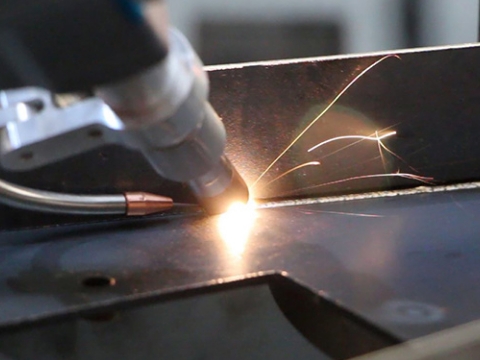
I. Slag splash
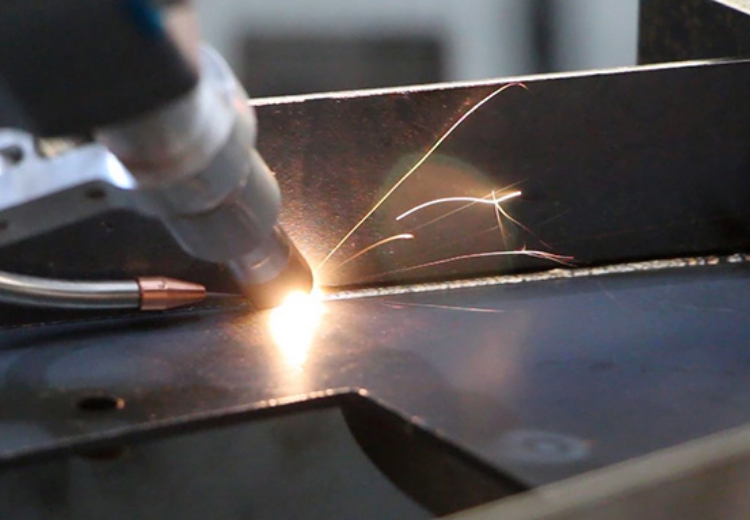
In the process of laser welding, the melted material splashes everywhere and adheres to the surface of the material, causing metal particles to appear on the surface and affecting the beauty of the product.
The cause of the problem: spatter may be caused by too much power to melt too fast, or because the material surface is not clean, or the gas is too strong.
Solution:
1. Adjust the power appropriately;
2. Pay attention to the cleanliness of the material surface;
3. Reduce the gas pressure.
II. The Welding Seam Is Too High
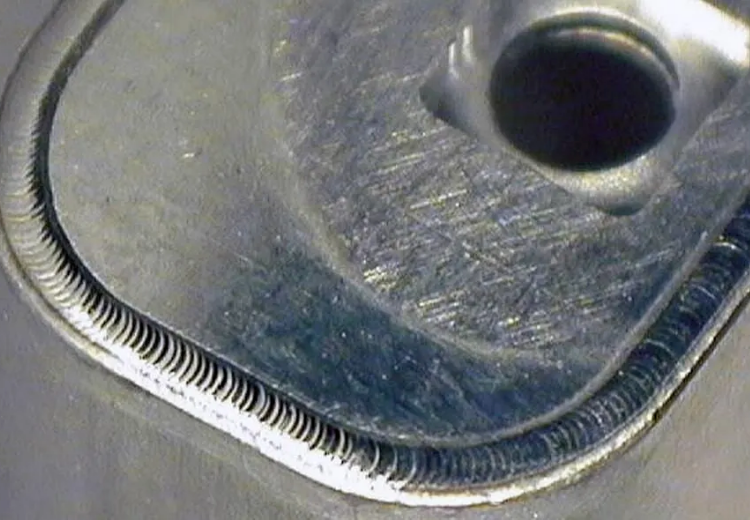
The welding seam will be found to be significantly higher than the conventional level, resulting in a fat welding seam that looks very unattractive.
Cause of the problem: Wire feed speed is too fast, or welding speed is too slow
Solution:
1. Reduce the wire feeding speed in the control system;
2. Increase the welding speed.
III. Weld Offset
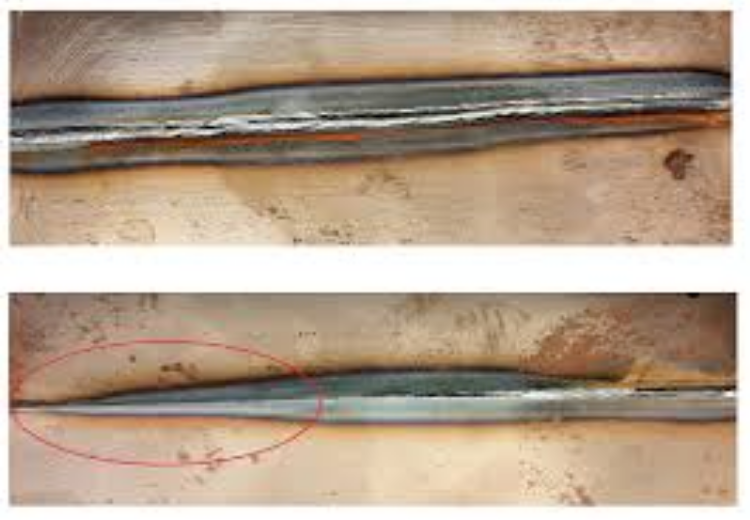
Welding without solidification at the structural joints and incorrect positioning can lead to complete failure of the weld.
Cause of the problem: Inaccurate positioning during welding; inconsistent position of wire feeder and laser irradiation.
Solution:
1. Adjust the laser offset and swing angle in the board;
2. Check the connection between the wire feeder and the laser head for deviation.
IV. The Color Of The Weld Is Too Dark
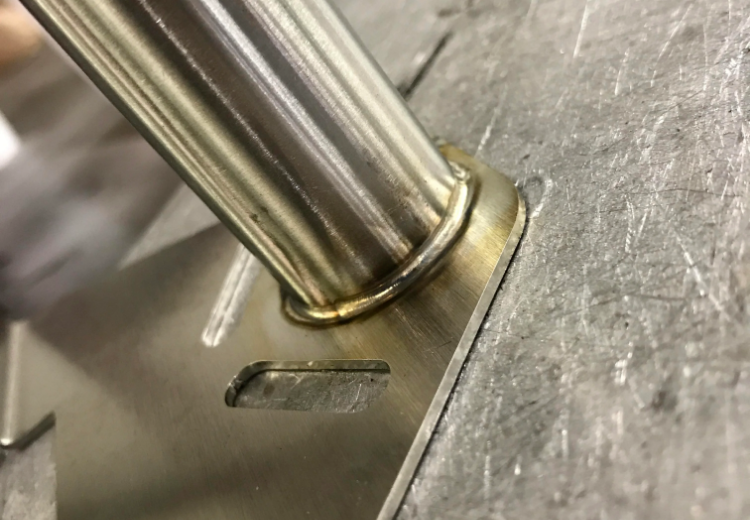
When welding stainless steel, aluminum alloy and other materials, the weld color is too dark will make the weld and the material surface produce strong contrast, extremely affect the beauty.
The reason for the problem: the laser power is too small resulting in insufficient combustion, or welding speed is too fast.
Solution:
1. adjust the laser power;
2. adjust the welding speed.
V. Uneven Corner Welding Forming
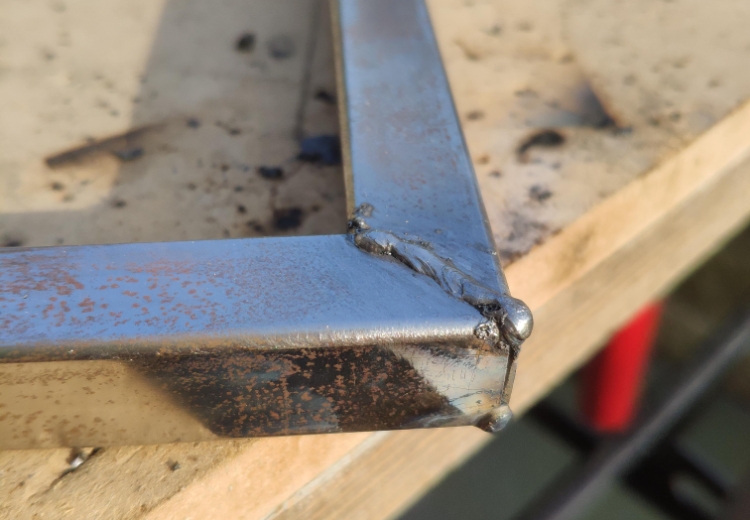
When welding the inner and outer corners, the speed or posture is not adjusted at the corners, which can easily lead to uneven welding at the corners, affecting both the welding strength and the beauty of the weld.
Cause of the problem: inconvenient welding posture.
Solution: Adjust the focus offset in the laser control system so that the handheld laser head can carry out welding operations sideways.
VI. Weld Dents
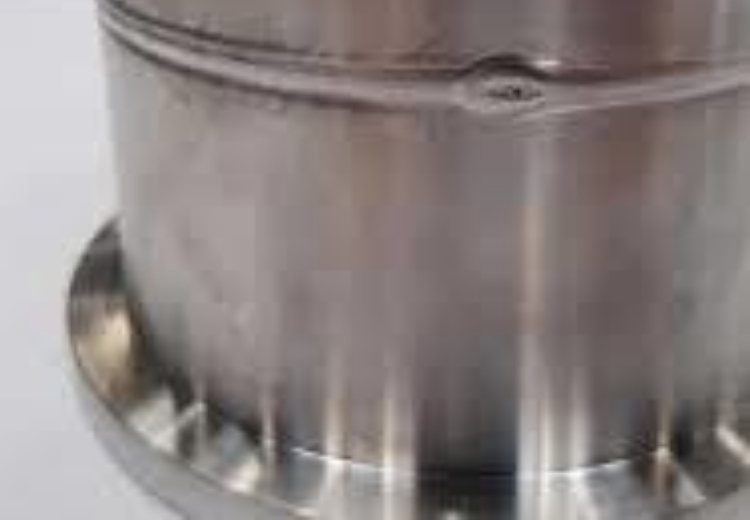
Dents in the welded joint can lead to insufficient weld strength and unqualified products.
Cause of the problem: The laser power is too high, or the laser focus is set incorrectly, causing the melt pool to be too deep and the material to be over-melted, which in turn leads to a dented weld joint.
Solution:
1. Adjust the laser power;
2. Adjust the laser focus.
VII. Uneven weld seam thickness
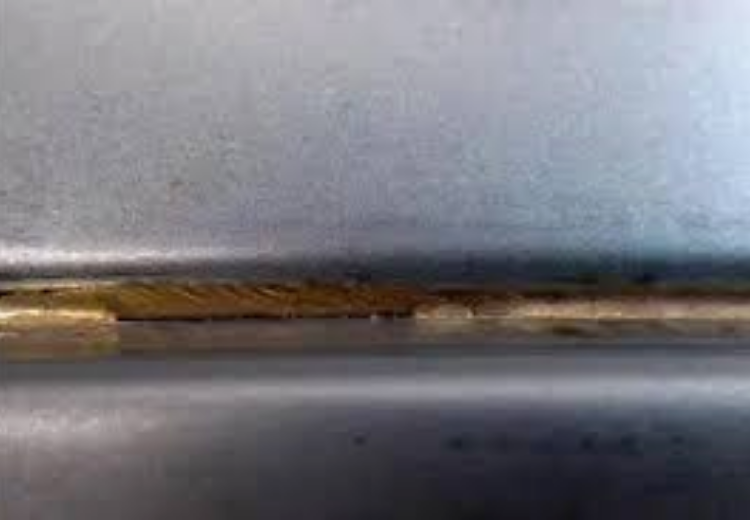
Weld seam is sometimes too big, sometimes too small, or sometimes normal.
Cause of the problem: no problem with light output or wire feeding
Solution: Check the stability of the laser and wire feeder, including power supply voltage, cooling system, control system, ground wire, etc.
VIII. Bite edge
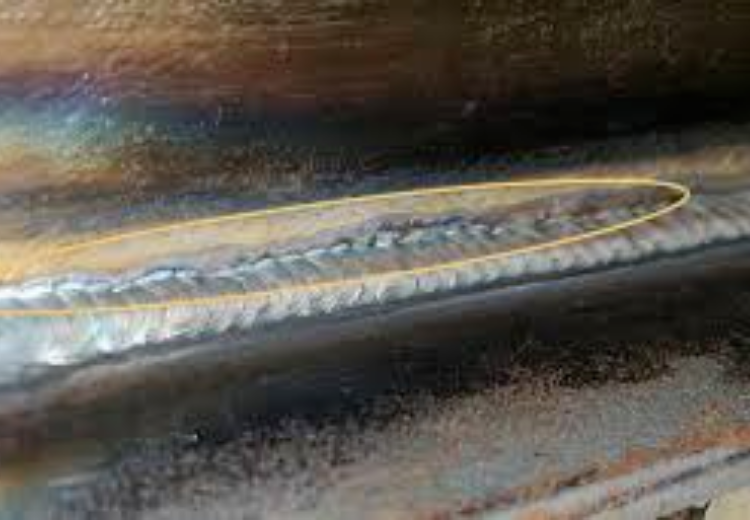
Bite edge refers to the poor combination of weld and material, beveling and other conditions, thus affecting the quality of welding.
Cause of the problem: The welding speed is too fast, resulting in the molten pool is not evenly distributed on both sides of the material, or the material gap is large and the filler material is insufficient.
Solution:
1. Adjust the laser power and speed according to the strength of the material and the size of the weld seam;
2. Carry out filling or repair work later.













































